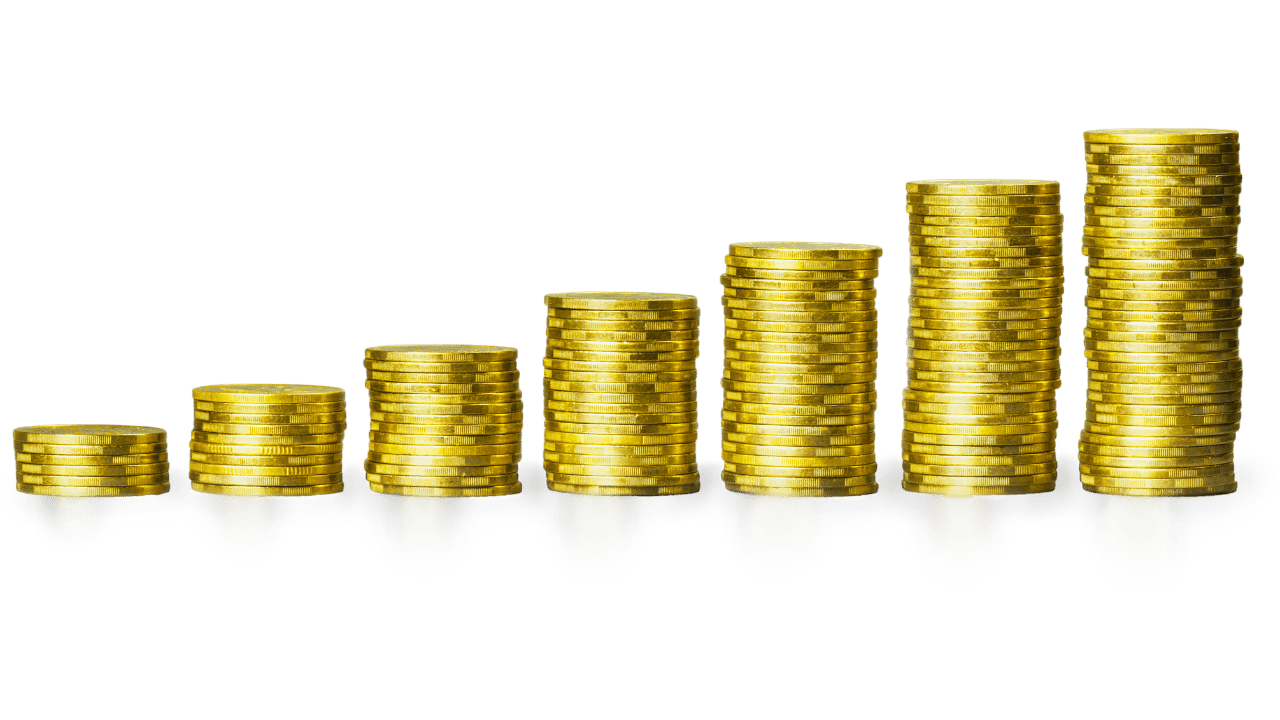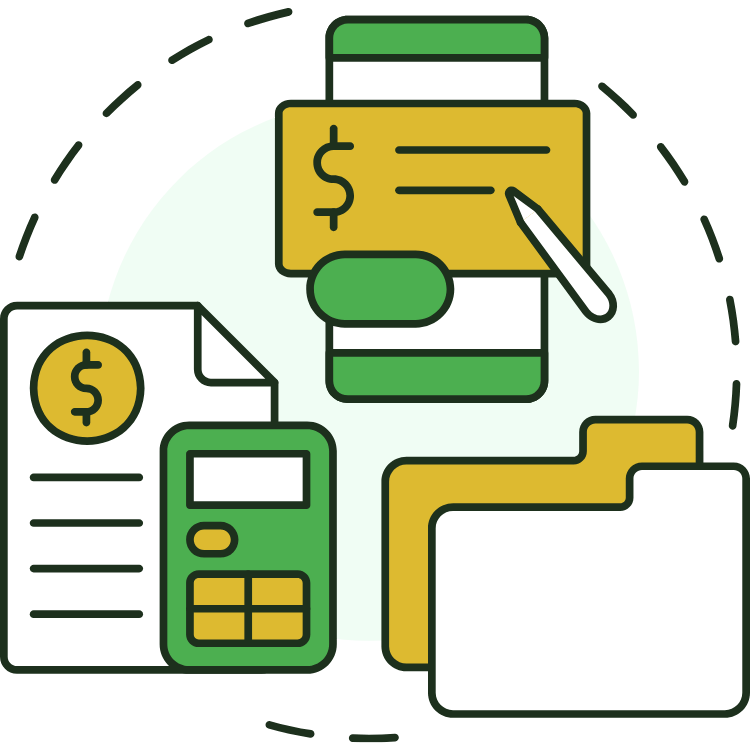- Learn Some Cents
- Posts
- Where Does Your Money REALLY Go?
Where Does Your Money REALLY Go?
Your First Steps to Clarity!

Welcome to the first content issue of Learn Some Cents! I’m so excited to share this journey with you and hope I can bring some financial confidence into your life! I plan on just jumping right into the topics weekly but decided the first issue needed a little introduction! I’m Chandler and I love learning about finance, budgeting and my personal favorite, investing.
I wasn’t always this way and I’m by no means a finance major, but it’s something I enjoy doing. After reading books, articles, and listening to podcasts I’ve learned a few things about money that I wish I knew sooner. I’m still learning things everyday and this newsletter gives me an excuse to learn some more and to share my thoughts and experiences with you. So I hope you enjoy it and I hope I’m able to help at least one person with these newsletters.
Let’s dive in! We're going to cover the first step towards taking control of your money: understanding exactly where every dollar goes.
This is essential for your financial journey towards being financially independent ! This week's newsletter isn’t about cutting spending (yet) but it’s about finding where our money is going. It’s about seeing the full picture without judgment.
Your Budgeting Action: Track Your Spending for 1 Week
📲 Use a Budgeting App: Apps like Every Dollar (the budgeting app I personally use), You Need a Budget, Monarch, can link directly to your bank accounts and auto-categorize. (Note: The apps features, like auto-categorizing, may be an additional cost)
✍️ Pen & Paper / Notes App: Keep a small notebook dedicated to spending, or a simple note on your phone. Write down every coffee, grocery run, online purchase, or takeout meal as it happens. It sounds tedious, I know, but at the end of the first day you may be surprised where your money has gone.
💳 Bank Statement Scan: At the end of the week, quickly review your bank and credit card statements. While not real-time, this gives you a great overview of your spending patterns. You can highlight transactions directly on the statement.
📊 Excel/Google Sheets: Excel/Sheets can be a great tool as well for tracking your money. You can set up equations and charts if you’re the excel wiz and want a more in depth view of your finances!
Why this matters (and why it’s easier than you think): You might be surprised by what you uncover. This simple act of awareness of where your money goes will be the foundation of taking control of your money. There’s no right or wrong here, just information that will help you.

When I was younger (pre-smart phones), my mom took me to a local credit union to get a debit card. Along with my debit card she got me a white log book, where I could keep track of my spending. She showed me how to write down the amount after using the card and it would show me how much money I had left after each transaction. As a young teenager I stopped writing my transactions, probably because I was lazy, but one night when I was with my friends at a restaurant my card was declined. I didn’t realize how quickly my money had vanished. Needless to say, I began writing down my transactions again.
Your Investing Insight: Budgeting is Investing
The most powerful investment tool isn't a stock market tip—it's a well-managed budget. You can have all the money in the world but if it’s not managed then it’s useless to you. You can’t invest what you don’t have.
📈 What to do next:
Just track your spending this week! Don't judge, don't change anything. Your only job is to observe and collect the data. We’ll talk about what to do with this information in the next issue.
I’m so excited to help you grow your cents!